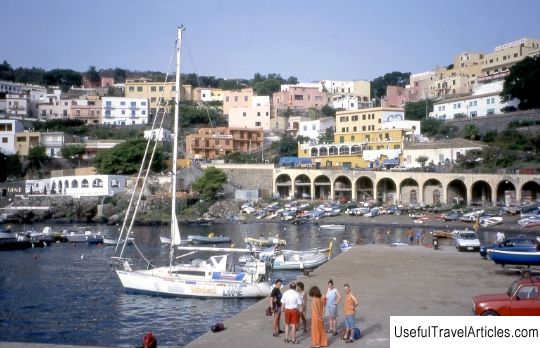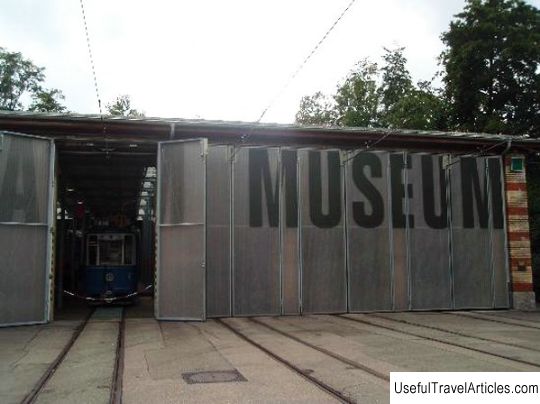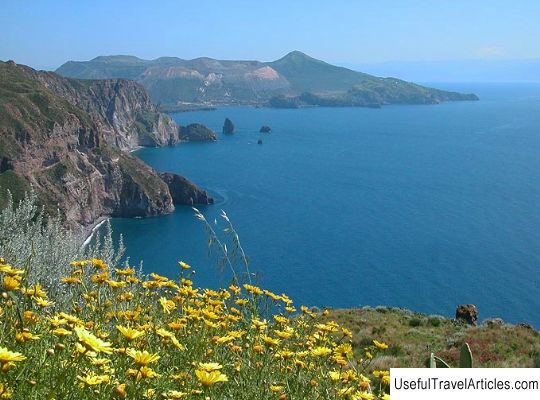Ustica island description and photos - Italy: Sicily island
Rating: 8,5/10 (3244 votes) 
Ustica Island description and photos - Italy: Sicily Island. Detailed information about the attraction. Description, photographs and a map showing the nearest significant objects. The name in English is Ustica. Photo and descriptionUstica is a small - only 9 km wide - island in the Tyrrhenian Sea 52 km north of Capo Gallo. The local commune, bearing the same name, is home to about 1,300 people. You can get to the island by ferry leaving from Palermo. Excavations carried out at the Faraglioni on Ustica in 1989 brought to light the ruins of a large prehistoric settlement that existed in the 14-13th centuries BC. The foundations of about 300 stone buildings were discovered here, as well as defensive defenses, which, according to scientists, were among the most reliable in Italy at that time. Historians believe that the first settlers came to Ustica from the nearby Aeolian Islands. About 3.5 thousand years ago, the Phoenicians appeared on the island. The ancient Greeks called Ustica Osteodes, which means "crypt", in memory of the thousands of Carthaginian rebels left here to die of hunger in the 4th century BC. The Romans gave the island its modern name, which in translation from Latin means “burnt”, for the black color of its rocks. Locals still call Ustica "the black pearl". In the 6th century A.D. the first Benedictine community was founded on Ustica, but soon it ceased to exist due to the incessant wars between Europe and the Arab world. And attempts to colonize the island in the Middle Ages invariably failed because of the barbarian pirates who hunted in the Tyrrhenian Sea. Only in the middle of the 18th century, a more or less permanent settlement of 90 people, who arrived from the neighboring island of Lipari, appeared on Ustica. They brought with them the cult of worship of the Apostle Bartholomew, who soon became the patron saint of the island. From the middle of the 19th century until the beginning of the 20th century, the population of Ustica increased significantly, which provoked the emigration of many families to the United States. Most of those who left settled in the city of New Orleans and its environs - and today the descendants of settlers from Ustica live there. During the years of the fascist regime in Italy and up to the 1950s, the island was used as a prison. Mussolini sent thousands of his political opponents here, sometimes up to 1,500 at a time. An interesting fact - many of the prisoners were homosexuals. Ustica gained notoriety in June 1980, when a plane with 81 passengers on board crashed near the island. All died. Today Ustica is especially popular with scuba diving enthusiasts - there are several dive centers on the island. Diving enthusiasts are attracted by the numerous deep diving sites created by the island's prehistoric volcanic activity. In addition, on Ustica you can visit the Archaeological Museum "Torre di Santa Maria", which contains artifacts telling about the distant past of the island, the Spalmator aquarium with a collection of Mediterranean underwater inhabitants, and the village of Tramontana, founded in the Bronze Age.         We also recommend reading Church of the Visitation description and photos - Israel: Jerusalem Topic: Ustica island description and photos - Italy: Sicily island. |




